The arms of Dresden already appear on the seal of the city in 1309. The seal may be older as Dresden received city rights already in the early 13th century. The arms have ever since been used by the city. From the 16th century the city often used a helmet and mantling, but these were abolished in 1926. The arms show the lion of Meissen and the pales of Landsberg. The original pales were blue, but the colour was likely changed to distinguish the arms from the Counts of Meissen-Landsberg and the city of Leipzig. (Heraldry of the World)
City: Dresden
State: Sachsen
Country: Germany
My Photos of Dresden / Minhas Fotos de Dresden
Dresden 2013 (It's part of Europe 2013 series)
My Commentary: Dresden is simply fantastic! Many historical and majestic buildings, means of transportation working plainly, urban area well organized, really, in Dresden you see the real Deutschland.
Links:
Interesting Facts:
- The Sächsische Staatskapelle Dresden is considered the oldest continuously playing music orchestras in the world
- According to the police crime statistics , the general crime in the metropolitan area increased in the last 5 years by 40 percent and crimes committed by non-Germans has been increasing drastically. (April, 2015)
- Adolf Hitler was during the Nazi era q customary, also an honorary citizen of Dresden. This status has been revoked after May 1945.
- The Dresden University of Technology (Technische Universität Dresden) with more than 36,000 students (2011) was founded in 1828 and is among the oldest and largest Universities of Technology in Germany
- Carl Maria von Weber and Richard Wagner had a number of their works performed for the first time in Dresden
- The bombing of Dresden by the Royal Air Force (RAF) and the United States Army Air Forces (USAAF) between 13 and 15 February, 1945, made the inner city of Dresden largely destroyed
History of Dresden: First traces of settlements in the area of the Elbe valley go back to the neolithic period. In the 6th century BC Germanic settlers reached the Elbe lowlands and settled temporarily. However, the majority of them left this area one millennium later and so Slavonic tribes took possession of this land peacefully. The Slavonic settlement Drezdany, situated at the place of the present Frauenkirche, has given Dresden its name. Also, the marking of some quarters of Dresden like Zschertnitz or Gompitz go back to Slavonic roots.
Middle Ages and Renaissance
After 900 AD the first German settlers came to the area of Dresden, founding the castle of Meissen in order to underline their claim of ownership. The rule of the noble family of Wettin, who dominated Saxony's history for the next few centuries, began with Duke Conrad of Wettin in 1123. The first mention of Dresden in a document appears in 1206, whereas it was in 1216, that Dresden was first described as city. This is considered to be the founding date. The plague of 1349 is also reported in the chronicle. After the Leipzig separation, Dresden became the residential city of the principality of Saxony, under Prince Albert. The upswing, which was connected with this, allowed for Dresden's expansion. In 1539, the reformation was officially introduced to Saxony. Over the centuries Saxony gradually came to be considered a Protestant principality. In the 16th century, the city walls were reinforced in the face of growing danger from Turk invasion.
Baroque and Rococo
For many citizens of Dresden, the period in which the city flourished began with the baroque age, when Dresden became one of the most glamorous royal capitals in Europe. The public face of the City was heavily influenced by the erection of an array of buildings by acclaimed architects and the establishment of the Großer Garten. This époque was responsible for some of Dresden's undeniably beautiful buildings such as the Zwinger, Hofkirche or the Taschenbergpalais. Saxony started to gain importance politically and a refined reputation throughout Europe. Prince Georg III, declared war on the Polish king, Jan Sobieski, and beat the Turks at Vienna, which marked the end of the Muslim invasion in Europe. Moreover, his grandson Friedrich August I, better known as August the Strong became a well-loved historical personality and his memory grew into a legend that is today common knowledge to every child in Dresden. Reasons for his fame are his dissolute lifestyle, reputation with women and his alleged strength. August the Strong soon came to power and in order to secure the crown of Poland, he changed his creed from Protestant to Roman-Catholic, and his family soon followed suit. August succeeded and became August II., King of Poland, in 1697. The union of Saxony and Poland lasted until 1763, but for a short interruption, and this period is nowadays called the Augustian Age. In this époque, a great a dynamic development took place, especially in the fields of economy and culture. For example, the alchemist Johann Freidrich Böttcher invented European-style porcelain in 1709; the first European porcelain enterprise was founded only one year later, in 1710. Meißen porcelain is today a brand of international fame. In the art world, the Green Cave, the world famous jewellery collection was founded. It is the oldest specialist museum in the world. During the Seven Years War, Dresden was attacked by Prussian cannons and suffered heavy damage. The prince and his ministers fled to Poland. Finally, in 1763 August the Strong died. His estate: baroque Dresden, with its French and Italian influences, proved one of Europe's leading and most beautiful residential cities. Dresden was also dubbed the Florence of the Elbe at this time.
Modern Age
Under the rule of August III., Saxony became a Kingdom through an act of mercy by Napoleon. After Napoleon was defeated in 1813, the Saxon King became prisoner and a Russian governor ruled Dresden until the Congress of Vienna in 1815. In the age of industrialisation, Saxony took a leading position within Germany. In 1835, the Dresden-born professor Johann Andreas Schubert constructed the first German locomotive. The infrastructure of Saxony was chracterised by excellence, thanks to the new railroad and steamships. The waves of the 1848 revolution reached the city with many terrible consequences. In the uprisings of May 1849, bloody battles were fought and the skirmish ended with a monarchist victory. The famous composer Richard Wagner took part in these fights. He escaped from the city after the defeat of the rebels. With the foundation of the German Empire, Saxony lost its political independence. Yet Dresden remained a city of central importance in Germany. At the turn of the last century, Dresden blossomed into a metropolis with 517,000 inhabitants in 1905. During the World War I., Dresden escaped damage. The November Revolution of 1918 led to the end of the monarchy, the last Saxon King, Friedrich, was forced to abdicate. Dresden became the capital of the federal state of Saxony in the interim between the wars. By 1930, 632,710 people lived in the city.
The Destruction
In contrast to other German cities, Dresden did not see Allied bombs until 1945. This created the impression amongst citizens that Dresden would escape air raids due to its international reputation. On the eve of the destruction, many additional refugees from the eastern parts of Germany had flooded into the city. Neither war-important industry nor air defence was based in Dresden. On 13th February, at 10:13 p.m., the first bombs were dropped on the Saxon capital. In different waves of attack, British and American Bombers dropped more than 3,000 tons of explosives on Dresden in a space of fourteen hours. The result was disastrous. It is estimated that approximately 35,000 souls were killed in the firestorm. Buildings of great historical and cultural value were lost. Florence of the Elbe, one of the most beautiful cities in Germany, was destroyed in just one night.
Reconstruction and Socialism
Under Soviet military command, the survivors began to rebuild the city. According to the new GDR government, the rise of a Socialist metropolis was planned, not the reconstruction of the baroque ensemble. Some of the historical sights like Semperoper, Zwinger or Hofkirche were reconstructed. But on the other hand, a handful of ugly, concrete buildings were established, especially in Johannstadt Later, the authorities started to build this kind of housing along the outskirts of the city. Gorbitz and Prohlis are examples of this period. The communist rulers neglected the reconstruction of the only lightly-damaged part of the inner city. The Neustadt and the Hechtviertel remained run-down quarters of the city until reunification.
The political change and present time
With the political change in 1989 and the ensuing German reunification, Dresden was on the brink of a new era. In but one decade, many new buildings were commissioned, others reconstructed, particularly in the inner city. Conservation of old buildings was given priority and as a result, Dresden appears in new glamour ten years after the reunification. Of course, some mistakes were made in the dynamic process of reconstruction. Yet Dresden continues its glorious past as the capital of the re-established federal state of Saxony!
Uwe Scheunemann
Anthem of Dresden:
Unofficial: Gemeinsam Sind Wir Stark
Unofficial: Gemeinsam Sind Wir Stark
Original video by Chris88ln
My Photos in Dresden 2009
We went by car from Praha to Dresden and we caught some snow on the way
Dresden Hauptbahnhof
All gathered for breakfast at Martin's house
Delicious breakfast
Miniature at Hauptbahnhof

Miniature at Hauptbahnhof
Miniature at Hauptbahnhof
Miniature at Hauptbahnhof
Miniature at Hauptbahnhof
Miniature at Miniature at Hauptbahnhof
Dresden's coat of arms
Innere Altstadt
Statue of Martin Luther at Innere Altstadt
Innere Altstadt
Innere Altstadt
Flags of Germany, Saxony and Dresden
View of Augustusbrücke
Near Innere Altstadt
Fürstenzug - A mural of Saxony rulers
Fürstenzug - A mural of Saxony rulers
Fürstenzug - A mural of Saxony rulers
Fürstenzug - A mural of Saxony rulers
"Avgvsto Electore" a memory for Augustus Duke of Saxony at Georgenbau
Monument for Friedrich August
Schloßplatz
Mcdonald's in German
The Rococo palace Zwinger
The Rococo palace Zwinger
The Rococo palace Zwinger
The Rococo palace Zwinger
The Rococo palace Zwinger
The Rococo palace Zwinger
The Rococo palace Zwinger
The Rococo palace Zwinger
The Rococo palace Zwinger
The Rococo palace Zwinger
The Rococo palace Zwinger
The Rococo palace Zwinger
The Rococo palace Zwinger

Biergarten
Wettiner Weinlädchen
Jupiter
Albertbrücke over Elbe river
Some non-alcoholic caramel beers before leaving to France
We went by car from Praha to Dresden and we caught some snow on the way
Dresden Hauptbahnhof
All gathered for breakfast at Martin's house
Delicious breakfast
Miniature at Hauptbahnhof

Miniature at Hauptbahnhof
Miniature at Hauptbahnhof
Miniature at Hauptbahnhof
Miniature at Hauptbahnhof
Miniature at Miniature at Hauptbahnhof
Dresden's coat of arms
Innere Altstadt
Statue of Martin Luther at Innere Altstadt
Statue of Martin Luther at Innere Altstadt
Innere Altstadt
Innere Altstadt
Flags of Germany, Saxony and Dresden
View of Augustusbrücke
Near Innere Altstadt
Fürstenzug - A mural of Saxony rulers
Fürstenzug - A mural of Saxony rulers
Fürstenzug - A mural of Saxony rulers
Fürstenzug - A mural of Saxony rulers
"Avgvsto Electore" a memory for Augustus Duke of Saxony at Georgenbau
Monument for Friedrich August
Schloßplatz
Mcdonald's in German
The Rococo palace Zwinger
The Rococo palace Zwinger
The Rococo palace Zwinger
The Rococo palace Zwinger
The Rococo palace Zwinger
The Rococo palace Zwinger
The Rococo palace Zwinger
The Rococo palace Zwinger
The Rococo palace Zwinger
The Rococo palace Zwinger
The Rococo palace Zwinger
The Rococo palace Zwinger
The Rococo palace Zwinger

Biergarten
Wettiner Weinlädchen
Jupiter
Albertbrücke over Elbe river
Some non-alcoholic caramel beers before leaving to France
Miniaturpark Klein Erzgebirge (October 2009)
Dresden, Germany (October 2009)
My Photos in Dresden 2013
Part of: Europe 2013 series

My Commentary: Returning to Dresden after 4 years had a good feeling, seeing all those epic buildings again and having more time in this opportunity to visit old and new places for me. The summer was on its maximum, the heat was killing me most of the time, but anyway, we managed to make it a good trip.
A monument for Jean Victor Marie Moreau
A monument for Jean Victor Marie Moreau: Moreau der Held Fiel Hier an der Seite Alexanders den XXVII August MDCCCXIII
Bismarcksäule - A pillar of fire bought on the German Empire times
View from Bismarcksäule
View from Bismarcksäule
View from Bismarcksäule
View from Bismarcksäule
View from Bismarcksäule
View from Bismarcksäule
History of Bismarcksäule
Meeting the friends at Eiscafé Venezia in Schloßplatz: Me, Suzi, Elwira, Alex, Santosh und Michael
Dresden's monument of Martin Luther
Me and Michael going for a quick refreshment
Me and Michael going for a quick refreshment
The Rococo palace Zwinger: Me, Michael, Santosh, Elwira und Alex
Going to my friend's church All Nations Christian Assembly
Franz-Bänsch-Straße
Franz-Bänsch-Straße
On the way to Freibad Mockritz a place with a large natural pool where it's possible to swim and eat
Going to Ostpol
Going to Ostpol
Gret-Palucca-Straße
Gret-Palucca-Straße
Gret-Palucca-Straße
Michael and his umbrella at Gret-Palucca-Straße
Gret-Palucca-Straße
Schwebebahn Dresden: Me, Michael und Santosh
View from the top of Schwebebahn Dresden
View from the top of Schwebebahn Dresden
View from the top of Schwebebahn Dresden
View from the top of Schwebebahn Dresden
View from the top of Schwebebahn Dresden
View from the top of Schwebebahn Dresden
View from the top of Schwebebahn Dresden
View from the top of Schwebebahn Dresden
View from the top of Schwebebahn Dresden
View from the top of Schwebebahn Dresden
We were stuck because of the rain and we only had Santosh's cookie to eat and an apple
Schwebebahn Dresden inside the cablecar
Schwebebahn Dresden inside the cablecar
Schwebebahn Dresden inside the cablecar
Sebatian-Bach Straße
Pirna Train Station
Benny with us for the barbecue at Santosh's place
Barbecue at Santosh's place
Barbecue at Santosh's place
Evelyn (Michael's wife) was the one took care about the food and places to sleep, a perfect host!
Photos by Santosh
Since I met Santosh for the first time in 2009 he had already a nice camera and could make nice shots. This time of course it wasn't different, so here I selected some pictures he took during my time in Germany
Michael and Santosh picking me up in Berlin
Gläserne Manufaktur: The factory of Volkswagen
Eiscafé Venezia
Benny and I probably telling a silly joke

























































































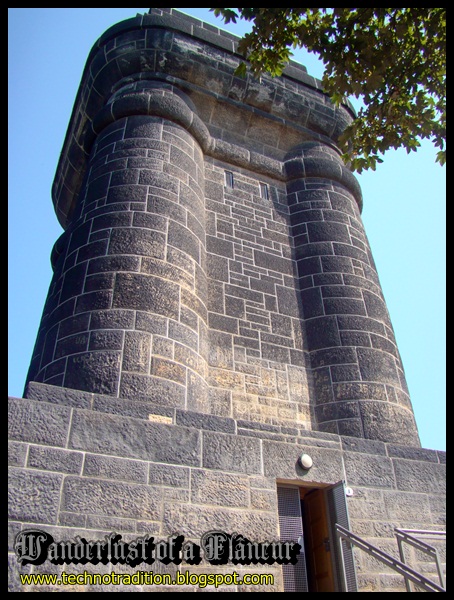
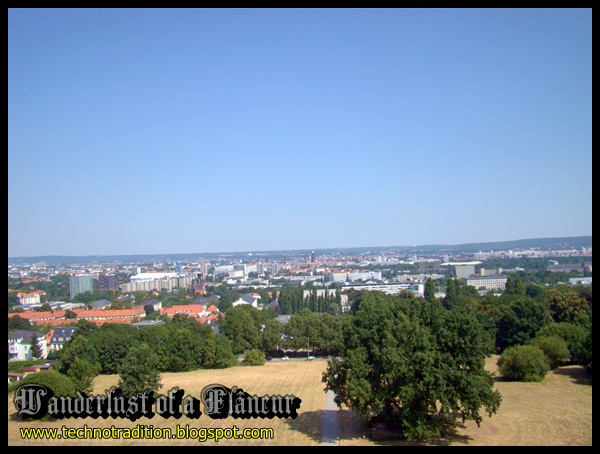


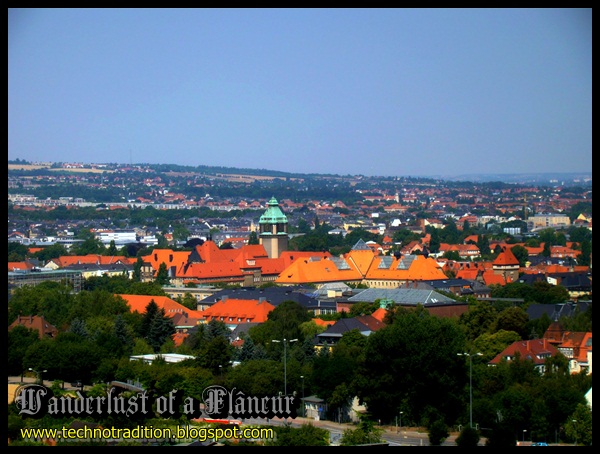









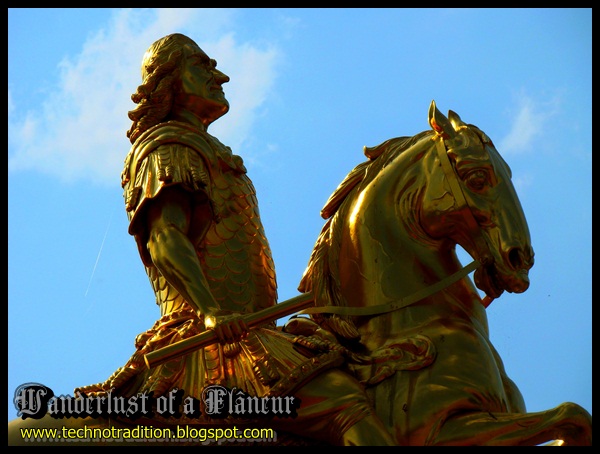








































































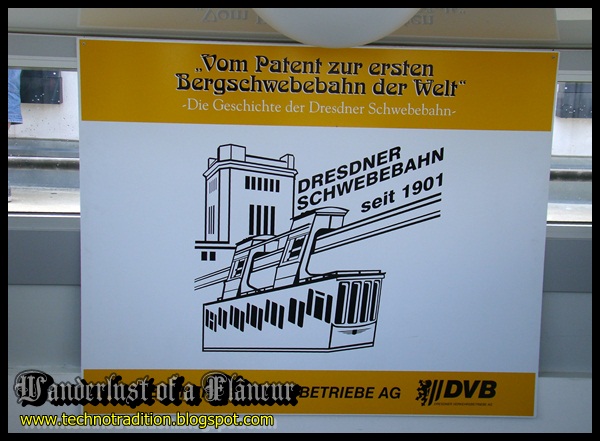










































No comments:
Post a Comment